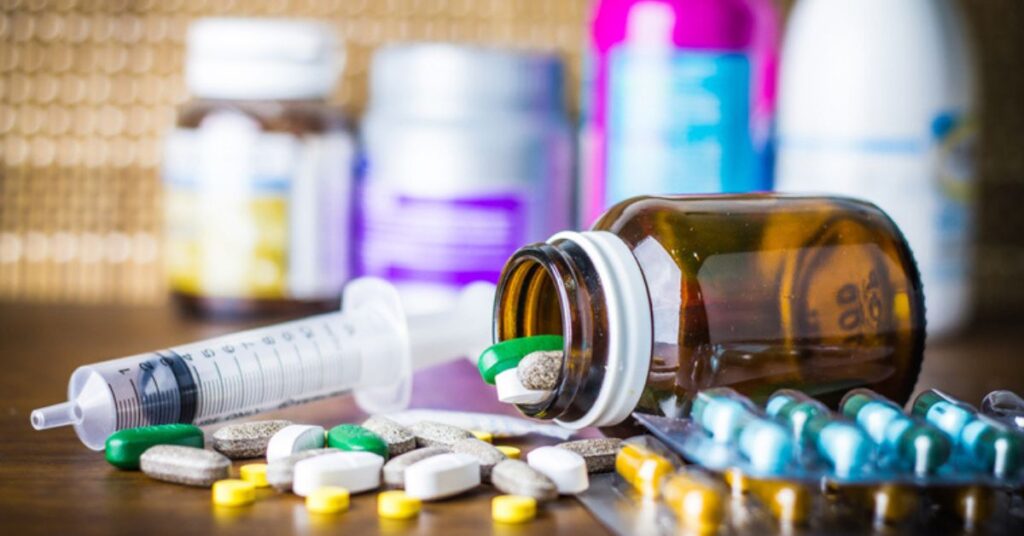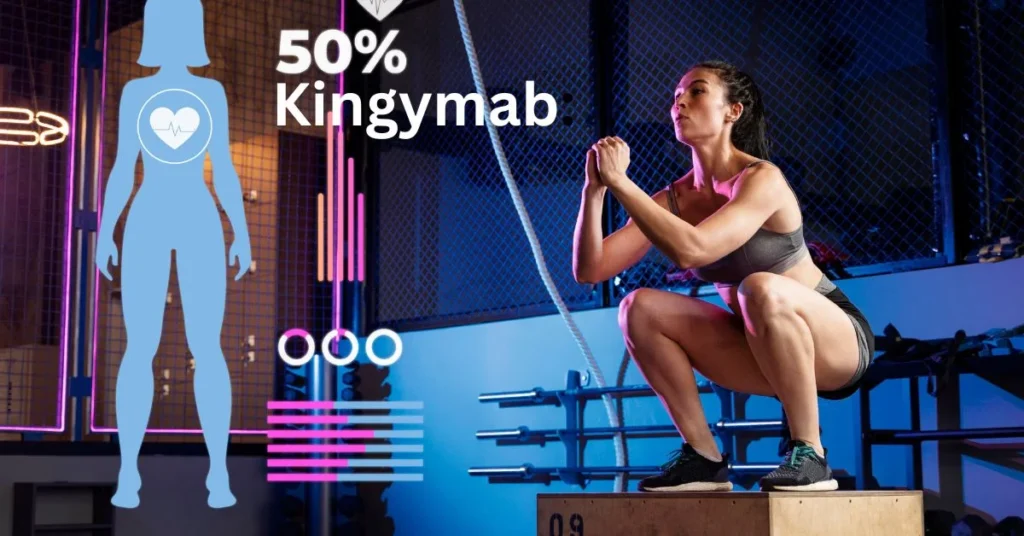What is Blisterata?
Blisterata is a dermatological condition characterized by the formation of fluid-filled blisters on the skin. These blisters can be painful and may lead to infections if not properly managed. This guide provides an overview of blisterata, its causes, symptoms, and various treatment options, as well as tips for prevention and care.
Overview of Blister Formation
Blisters form when the outer layer of the skin separates from the underlying layers, creating a pocket that fills with fluid. This can be due to various factors, such as friction, pressure, heat, and chemical exposure.
Causes of Blisterata
- Friction: Repeated rubbing of the skin, especially from ill-fitting shoes or clothing, can cause blisters.
- Pressure: Prolonged pressure on the skin, such as from tight footwear or equipment, can lead to blister formation.
- Heat and Moisture: Excessive sweating and heat can soften the skin, making it more susceptible to blisters.
- Chemical Exposure: Contact with harsh chemicals can irritate the skin and lead to blister formation.
- Medical Conditions: Certain conditions like bullous pemphigoid and pemphigus can cause blisterata.
- Infections: Viral infections such as herpes simplex can also cause blisters.
- Symptoms of Blisterata: The primary symptom of blisterata is the appearance of fluid-filled blisters on the skin. Other symptoms may include:
Redness and swelling around the blister
- Pain and discomfort
- Itching or burning sensation
- Fluid leakage if the blister bursts
- Risk of infection if the skin is broken
- Diagnosis of Blisterata
Physical Examination
A healthcare professional will examine the affected area to diagnose blisterata. They will look for the characteristic blisters and assess the severity of the condition.
Laboratory Tests
In some cases, a sample of the blister fluid may be taken for laboratory analysis to determine the cause and rule out infections or other underlying conditions.
Types of Blisterata
- Friction Blisters: These are the most common type of blisters, caused by repeated rubbing or friction against the skin.
- Blood Blisters: Blood blisters occur when blood vessels near the surface of the skin are damaged, leading to a blister filled with blood.
- Heat Blisters: Exposure to excessive heat, such as from sunburn or burns, can cause blisters to form on the skin.
- Chemical Blisters: Contact with harsh chemicals can irritate and damage the skin, resulting in blister formation
Treatment Options for Blisterata
Home Care
Keep the Area Clean: Gently wash the affected area with soap and water to prevent infection.
Protect the Blister: Cover the blister with a sterile bandage or blister pad to reduce friction and protect it from bursting.
Avoid Popping Blisters: Let the blisters heal naturally to reduce the risk of infection.
Also Read: Atrasolan: A Comprehensive Overview of a New SSRI for Depression
Over-the-Counter Treatments
Antibiotic Ointments: Apply an antibiotic ointment to prevent infection and promote healing.
Pain Relief: Over-the-counter pain relievers like ibuprofen can help reduce pain and inflammation.
Medical Treatments
Topical Treatments: Prescription creams and ointments may be used to treat severe cases.
Oral Medications: In cases of infection or severe blisterata, doctors may prescribe oral antibiotics or antiviral medications.
Drainage: For large, painful blisters, a healthcare professional may drain the fluid under sterile conditions.
Natural Remedies
- Aloe Vera: Applying aloe vera gel can soothe the skin and promote healing.
- Honey: Honey has natural antibacterial properties that can help prevent infection.
- Green Tea: Soaking a green tea bag in water and applying it to the blister can reduce inflammation.
Complications and Risks
- Infection: Blisters can become infected if they burst and bacteria enter the open skin. Signs of infection include increased redness, warmth, and pus.
- Scarring: Repeated or severe blistering can lead to scarring and changes in skin texture.
- Chronic Blistering: Some individuals may experience chronic blistering, which requires ongoing management and care.
Living with Blisterata
Daily Skin Care
Maintain a regular skincare routine to keep the skin healthy and prevent blister formation. Use gentle, non-irritating products.
Managing Pain
Use pain relievers and other methods to manage discomfort caused by blisters. Keeping the affected area clean and protected can also help reduce pain.
Support and Resources
Seek support from healthcare professionals and support groups to manage and cope with the condition effectively. Online communities and forums can provide valuable advice and encouragement.
Impact of Blisterata on Daily Life
Physical Activities
Blisters can limit physical activities, especially those involving walking or running. Adjusting activities and using protective measures can help.
Work and School
Blisters can affect productivity and participation in work or school activities. Taking preventive measures and seeking appropriate treatment can minimize the impact.
Social Interactions
Visible blisters can affect self-esteem and social interactions. Support from friends, family, and healthcare professionals can help manage these challenges.
Also Read: Setriasona: A Comprehensive Guide to Safe Antibiotic Use
Blisterata in Special Populations
- Children: Children are prone to blisters due to their active lifestyles. Ensure they wear proper footwear and maintain good hygiene to prevent blisters.
- Athletes: Athletes are at higher risk for blisters due to increased friction and pressure. Using preventive measures like proper footwear and lubricants is essential.
- Elderly Individuals: Older adults may have more delicate skin, making them more susceptible to blisters. Gentle care and proper skin protection are crucial.
Conclusion
Blisterata, though often manageable at home, can cause significant discomfort and inconvenience. Understanding its causes and symptoms, along with appropriate treatment and preventive measures, can help reduce the risk and impact of this condition. Always consult healthcare professionals for severe or persistent cases to ensure proper care and management.


